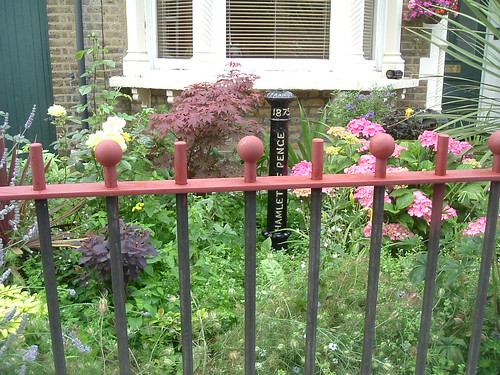1) The *whole* of Penge was an area of woodland belonging to the parish of Battersea, known as Penge Common, originally part of the Great North Wood like Sydenham (Westwood) and Norwood Commons.
2) Trees were cut down to form pasture for locals to graze their animals, and also re-grown in designated areas known as coppices (done in rotation). Ancient trackways, like Croydon Road, ran through the common, though building cottages and living on the common was illegal.
3) The boundaries of Penge Parish (originally Battersea detached) are the original boundaries of Penge Common.
4) The boundary between Croydon and Penge parishes was also the boundary between Norwood and Penge commons.
5) Penge Place, Clay Farm, and all pre-enclosure buildings along Penge Lane, Green Lane, Croydon Road and Beckenham Road, within the boundaries of Penge Parish (Battersea detached), were all old illegal enclosures.
6) The first cottage ever built in Penge, when it first became occupied sometime between the Domesday survey and the 1200s, was an illegal act.
If all this is true then what of the ownership of cottages, gardens and other land belonging to the 50 or so occupants of Penge before and after the 1827-1837 enclosure?


